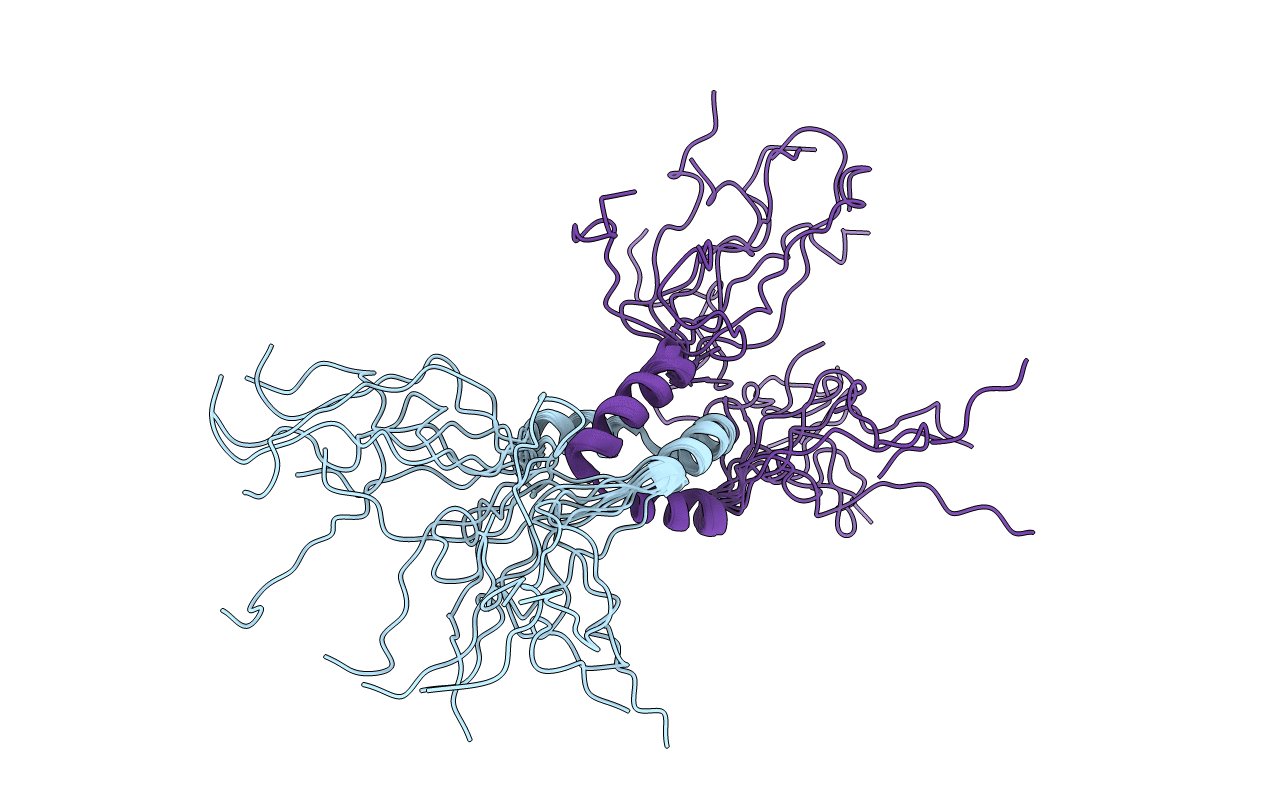
Deposition Date
2016-10-13
Release Date
2017-10-25
Last Version Date
2024-05-15
Entry Detail
PDB ID:
5TMX
Keywords:
Title:
Solution Structure of SinI, antagonist to the master biofilm-regulator SinR in Bacillus subtilis
Biological Source:
Source Organism:
Bacillus subtilis (strain 168) (Taxon ID: 224308)
Host Organism:
Method Details:
Experimental Method:
Conformers Calculated:
100
Conformers Submitted:
10
Selection Criteria:
structures with the lowest energy


